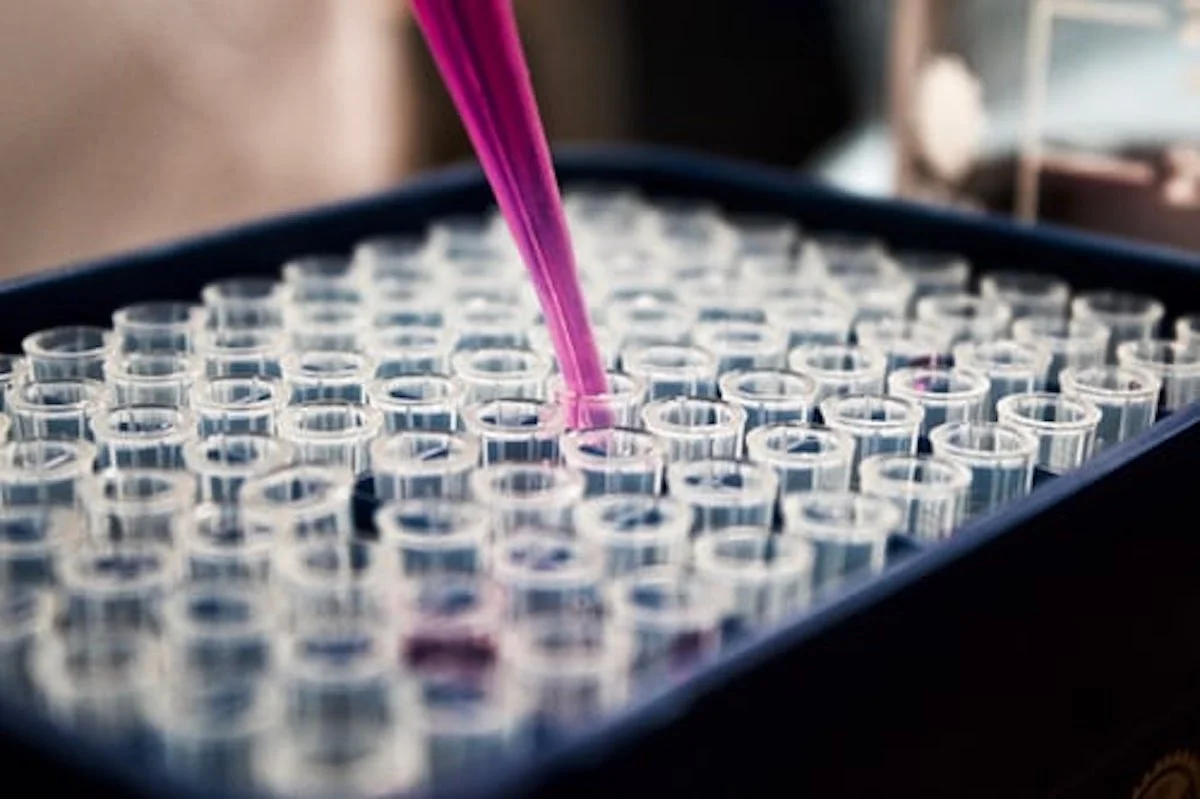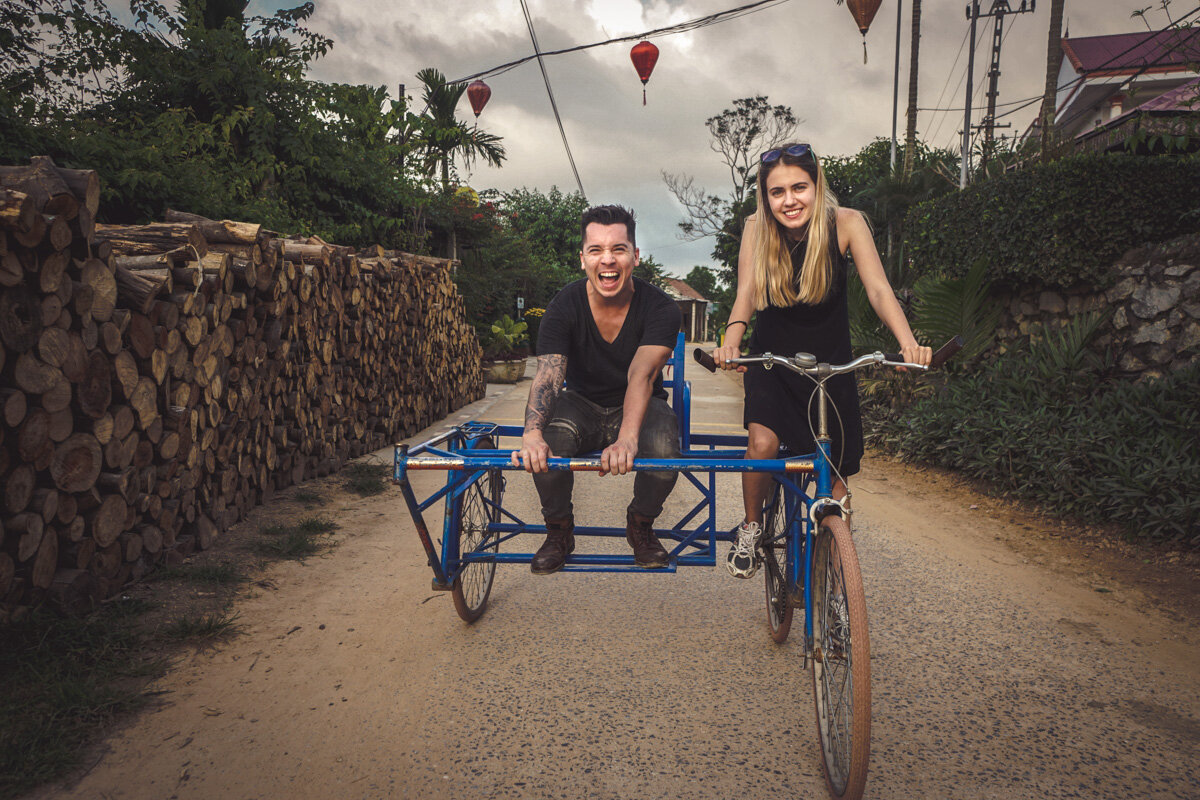An Easy Guide To Understanding PCR Testing (Travel Requirements And Methodology)
/Prior to the covid-19 pandemic, international traveling was prevalent all over the world. All you needed was your passport, some travel documents, and your luggage to go from one corner of the world to another. But then came the covid pandemic, one of the largest scale pandemics in the era of globalization. Due to the rapidly spreading nature of the disease, the covid situation resulted in the complete halt of international travel for a while.
Traveling After Covid
Although the worsening situation of the covid-19 virus has declined because of the various vaccines and regulations introduced, there is still some level of restrictions present. Because the spread of the virus is mainly through human contact, many countries have implemented travel restrictions and conditions to ensure the virus doesn’t spread.
Plus, like any other virus, the covid-19 virus is constantly changing and adapting to the environment and vaccines. So while people all over the world have started to get vaccinated, there’s still no guarantee that they won’t catch the new variants being produced every once in a while. As a result, most countries have imposed strict travel restrictions for anyone traveling to or from said country. There are two major travel requirements when traveling abroad, which are:
Covid vaccination certificate, of an internationally accepted and reputable vaccine.
Negative PCR test to ensure an individual isn't carrying the virus.
PCR Test: Testing Basics
A PCR test is used to detect the presence of the SARS-CoV-2 virus that causes covid. These tests use samples that come from your mouth or nose. To better understand the testing methodology, let’s first look at what PCR testing is.
What Is PCR Testing
PCR stands for Polymerase Chain Reaction, and these tests are a quick and accurate way to detect infectious diseases. The working mechanism of these tests is based on finding the specific DNA or RNA of pathogens infecting a host body. Because most viruses contain unique DNA and RNA species, which stand out from regular body cells and can be easily detected. An advantage of using PCR Tests over other diagnostics tests is their ability to detect viruses in the early stages of infection, unlike many other tests.
How Does It Work
The working of PCR tests involves the amplification of the genetic material of the pathogen so that they can be more easily detected, even when they’re present in a small amount. A more detailed explanation of PCR testing is as follows.
A sample of blood, mucus, saliva, or tissue is taken.
The sample will contain your own DNA as well as the DNA of a pathogen in case of infection.
The covid-19 virus is made of RNA instead of DNA, and so they have to be converted into DNA through a reverse transcription process.
After this, the sample is placed into a special machine, and an enzyme called polymerase is attached to the sample.
This enzyme is responsible for producing copies of the pathogen’s DNA present in the sample. After a while, billions of copies are made, and if a pathogen or virus is present in your system, it will be easily detected.
Sample Taking Process
For a covid PCR test, a nasal swab is used to obtain the sample from the front part of your nostrils (anterior nares), the back of your nostrils (nasal middle-turbinate), or from the uppermost part of your nose and throat (nasopharynx). Details are as follows.
Anterior Nare’s test - the test will start with you tilting your head back, and either you or the test provider will:
Gently insert the cotton swab into your nostril.
Gently rotate the swab around your nostril and leave it there for 10 to 15 seconds.
Remove the swab, insert it into the other nostril, and repeat the process.
Then finally take the swab out and send it for testing.
NMT swab test - first tilt your head back, and let the provider:
Insert the swab from the bottom of your nostril and keep pushing until you feel it stop.
Rotate the swab in this position for 15 seconds.
Insert the swab into your second nostril using the same technique, and send for testing.
Nasopharyngeal swab test - tilt your head way back and let your provider:
Insert the swab into your nostril until it reaches the uppermost part of your throat.
Rotate the swab in this position for 15 seconds.
Remove the swab and send it for testing.
Types Of Tests Available
For the comfort of people, there are different types of tests available to be taken according to their preferences. Many countries require that you take a PCR test 2 days prior to your flight and after you arrive at your destination. So, a total of two PCR tests are to be taken during half of your travels. The different tests available are as follows.
Home Tests
Self-testing of the covid-19 virus has now been made available and is accepted for travel. This has been done to further reduce the chances of the spread of the virus. Also referred to as over-the-counter (OTC) tests, they can be taken at home, and provide rapid results. Although self-tests are relatively more convenient than laboratory tests, there are some age limitations and other restrictions when it comes to that. They can be purchased online, or be found in pharmacies or retail stores.
Walk-Up Locations
Many companies provide walk-up locations for rapid and convenient covid testing. Unlike laboratory tests, walk-up PCR testing locations provide a convenient route for you to get tested. Especially if you’ve to travel somewhere urgently, it’s not feasible to wait around for laboratory test results, and going to your nearest walk-up test center is the next best option. As compared to self-testing, walk-up testing provides much more accurate results with little to no chance of errors.
2.Laboratory Tests
Laboratory tests are the most common covid testing method used because of their accurate results. However, laboratory tests take around 2 days to show results. During a lab test, the healthcare provider will take your sample and put it under processing. After one to two days, results will either be mailed or texted to you.
With the increasing number of restrictions and regulations being imposed on a constant basis, one can never be too careful when traveling internationally. PCR tests are the most effective and accurate diagnostic tests available these days to test for the widespread covid virus. Only through the prevention of the virus being spread can we ensure that our world will recover from this epidemic.


















